I can clearly see than N^2 is bounded by c2^N, but how do i prove it by using formal definition of big-O. I can simply prove it by M.I.
Here is my attempt.. By definition, there for any n>n0, there exist a constant C which f(n) <= Cg(n) where f(n) = n^2 and g(n) = 2^n
Should I take log to both side and solve for C?
and one more question about fibonacci sequence, i wanna solve the recurrence relation.
int fib(int n){
if(n<=1) return n;
else return fib(n-1) + fib(n-2);
The equation is..
T(n) = T(n-1)+T(n-2)+C // where c is for the adding operationT(n) = T(n-2) + 2T(n-3) + T(n-4) + 3c and one more
T(n) = T(n-3) + 3T(n-4) + 3T(n-5) + T(n-6) + 6cthen i started to get lost to form the general equation i The pattern is somehow like pascal triangle?
t(n) = t(n-i) + aT(n-i-1) + bT(n-i-2) + ... + kT(n-i-i) + C 